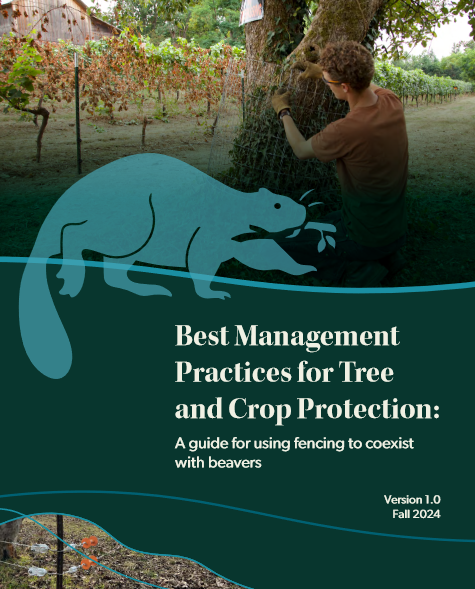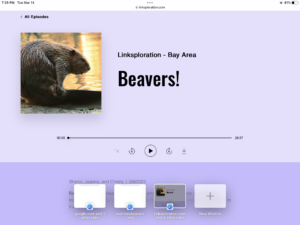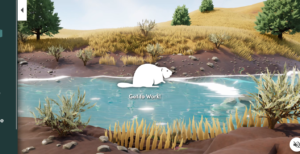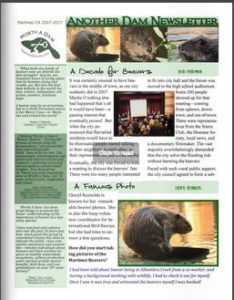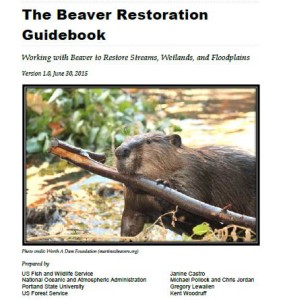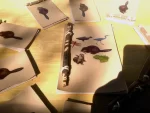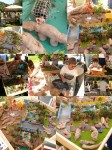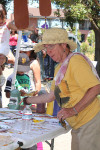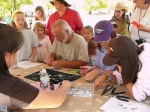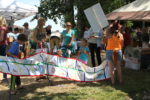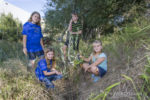 I was invited last night to be part of a radio discussion about beavers on KPFA’s Terra Verde this week, The producer had lined up Ben Goldfarb and Rick Lanman for the show as well. I’m heading to the Sierras today so it wasn’t possible, but it reminded of that foggy day of yore back in 2008 when they asked for a show on the beaver story in Martinez. In those days I was afraid to talk to reporters and had a full time job so I encoraged others to go to the studio (Linda Meza then of Worth A Dam, Mitch Avalon of CCC Flood Control and Lisa Owens Vianni of Estuaries magazine). They very pleasantly sat for an hour a did a nice job discussing the controversy and I was mortified that no one ever once mentioned the flow device or how we solved our problem. In my mind thus making sure that no one in the state would know that beaver problems could be solved by anything other than forbearance.
I was invited last night to be part of a radio discussion about beavers on KPFA’s Terra Verde this week, The producer had lined up Ben Goldfarb and Rick Lanman for the show as well. I’m heading to the Sierras today so it wasn’t possible, but it reminded of that foggy day of yore back in 2008 when they asked for a show on the beaver story in Martinez. In those days I was afraid to talk to reporters and had a full time job so I encoraged others to go to the studio (Linda Meza then of Worth A Dam, Mitch Avalon of CCC Flood Control and Lisa Owens Vianni of Estuaries magazine). They very pleasantly sat for an hour a did a nice job discussing the controversy and I was mortified that no one ever once mentioned the flow device or how we solved our problem. In my mind thus making sure that no one in the state would know that beaver problems could be solved by anything other than forbearance.
I swore it would never happen again, that I would get over myself and step up to the mike next time and was thrilled to be invited, but timing makes it impossible and in this new renaissance climant I know Ben will bring them up!
Meanwhile there’s a great letter (from Vermont of course) that’s worth taking time to appreciate.
Letter: Embrace coexistence over killing
Last year Protect Our Wildlife (POW) launched a statewide Living With Wildlife campaign to help towns pursue nonlethal methods to address human-wildlife conflicts. Good news is that POW recently partnered with the Town of Marlboro to help prevent beavers from being trapped in leghold and body-gripping traps, while also preventing beaver-related flooding and subsequent road damage. With grant funding, POW provided financial support to install three culvert protective water flow devices, called Beaver Deceivers, on Grant Road in Marlboro. This site is one of three that the town will have protected with such devices to save the wetlands and maintain these rich ecosystems for beavers and many other species of wildlife.
 Water flow control devices are the most efficient and cost-effective tools to prevent beaver-related flooding and road damage and also to protect these keystone species. Traditional methods of removing beavers usually involve shooting or using leghold or body gripping traps, both of which are not only cruel, but offer only a temporary “solution”; good wetland habitat will host beavers – we can learn to live with them. Also, beavers have tightly knit family units with the kits living in the lodge with their mother, father, brothers and sisters until they are about two years old, at which point they are not yet mature enough to mate, but independent enough to leave the area and start building their own lodge, using the skills they learned from their family. Trapping and killing leaves kits orphaned and results in a futile loop of trapping and killing with no long-term benefits.
Water flow control devices are the most efficient and cost-effective tools to prevent beaver-related flooding and road damage and also to protect these keystone species. Traditional methods of removing beavers usually involve shooting or using leghold or body gripping traps, both of which are not only cruel, but offer only a temporary “solution”; good wetland habitat will host beavers – we can learn to live with them. Also, beavers have tightly knit family units with the kits living in the lodge with their mother, father, brothers and sisters until they are about two years old, at which point they are not yet mature enough to mate, but independent enough to leave the area and start building their own lodge, using the skills they learned from their family. Trapping and killing leaves kits orphaned and results in a futile loop of trapping and killing with no long-term benefits.
As our planet continues to face the real effects of climate change, including drought, we should learn to value these invaluable environmental allies and embrace coexistence over killing.
Brenna Galdenzi, president
Protect Our Wildlife POW
Nice letter! I thought Patti Smith’s remarkable sketches belonged with it. If Vermont doesn’t have a higher beaver IQ than the rest of the world I’d be very surprised, Thanks Brenna for making this happen. Do you think Skip installed the flow devices? I wonder.
In the meantime I’m stalling for the City Creatures Blog to go live with our story. Nothing yet. I’m pretty sure it’s going to happen because my name is listed in the author section. Maybe there are people in the world who don’t wake up as early as I do?
Is that even possible?
It’s up! Go hear to read what I write like when I’m not in my pajamas.
Is Your City Smarter than a Beaver?

Here;s the teaser paragraph to get you to read the whole thing, please post comments on the article so Gavin thinks beavers are worth writing about again!
In 2007, Martinez, California, had some unusual visitors. In those days you could drop by the local Starbucks, pick up your morning latte, and step right outside to watch some fluffy beaver kits munch down willow leaves, twigs, and scraps before they ducked off to sleep in the nearby lodge for the day. If you listened closely enough you could even hear them. Their vocalizations sounded eerily like the protesting complaint of a child who was told to stop playing and get to bed.
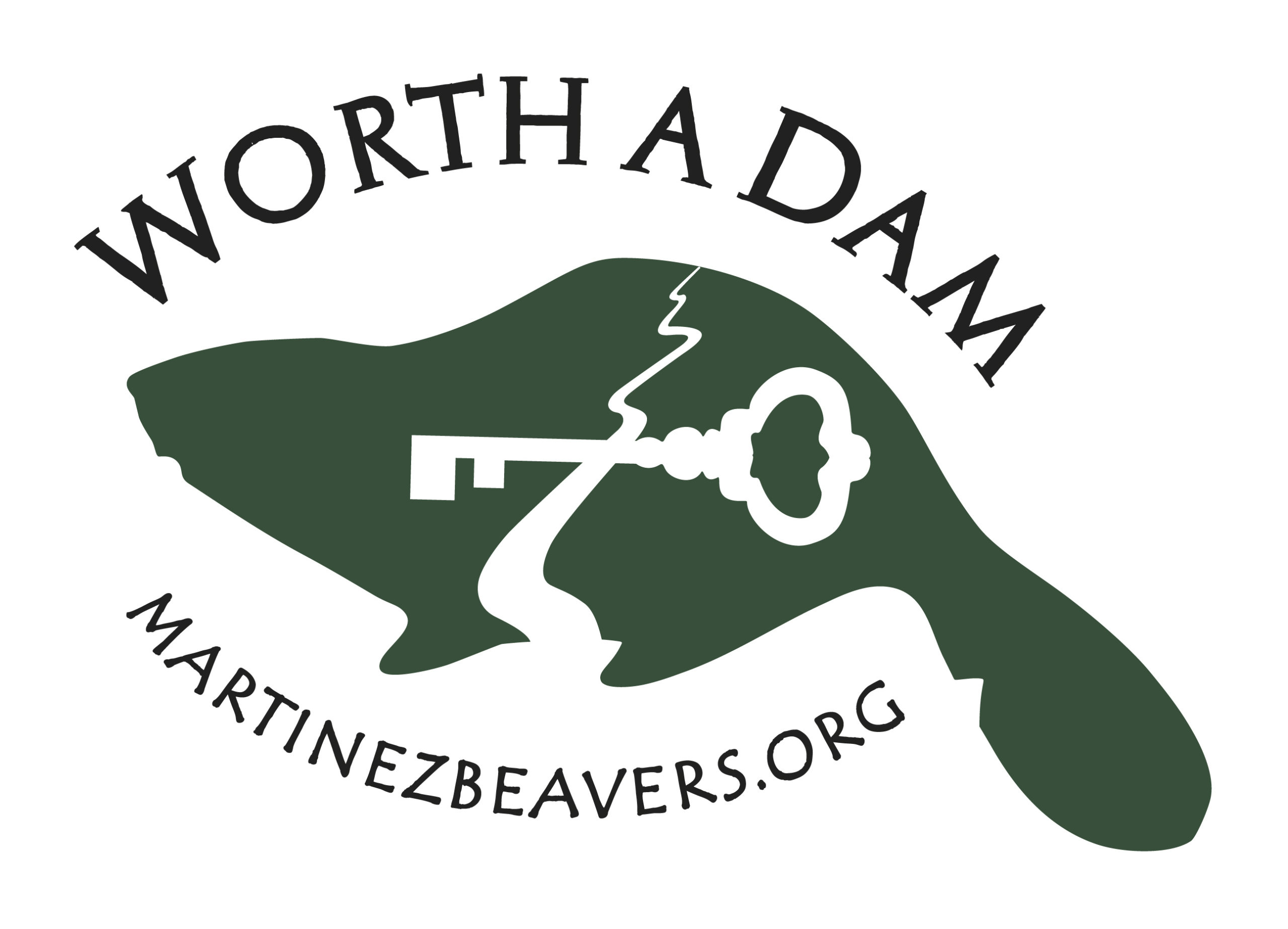



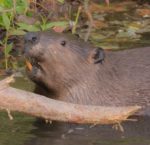

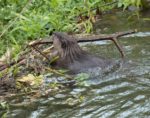
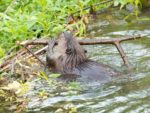
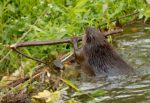

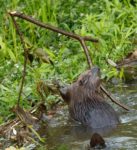
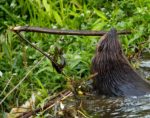




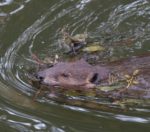

 Do you know the story of Johnny Appleseed? He was a pioneer hero who famously walked all of Pennsylvania, Ohio, Ontario and Illinois bearing apple seeds and a shovel to spread the crisp good news. Never mind that he was more
Do you know the story of Johnny Appleseed? He was a pioneer hero who famously walked all of Pennsylvania, Ohio, Ontario and Illinois bearing apple seeds and a shovel to spread the crisp good news. Never mind that he was more 
 he is the president of the
he is the president of the
 Now some U. biology faculty members led by Pat Shea, a Salt Lake City attorney, hope to re-establish beavers to restore natural processes and conduct research into how the environment would respond to new beaver dams that slow the passage of water and create wetlands.
Now some U. biology faculty members led by Pat Shea, a Salt Lake City attorney, hope to re-establish beavers to restore natural processes and conduct research into how the environment would respond to new beaver dams that slow the passage of water and create wetlands.



